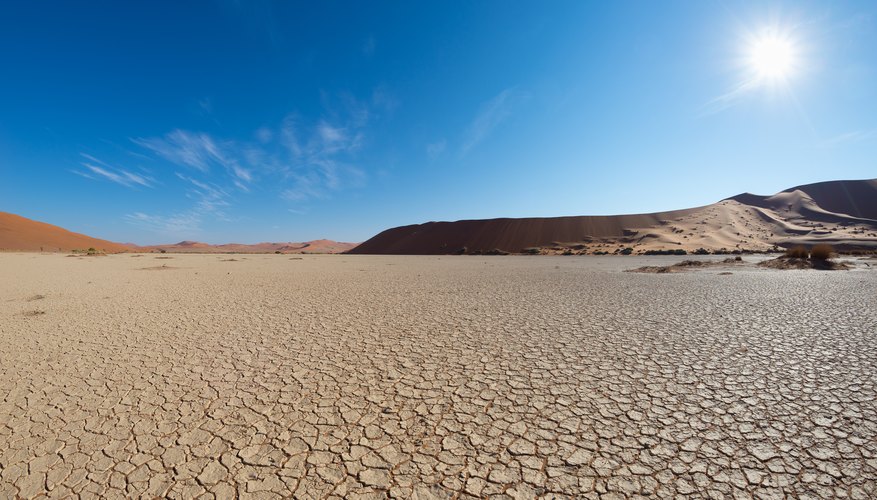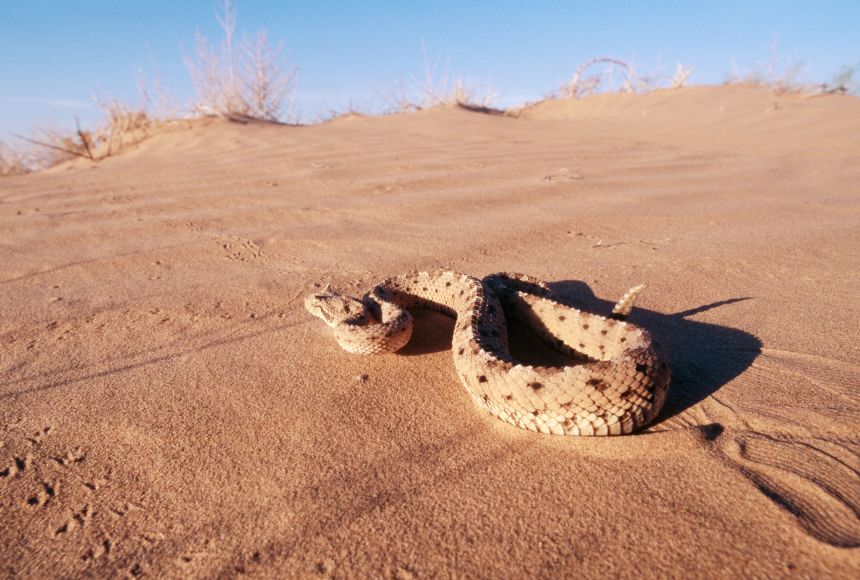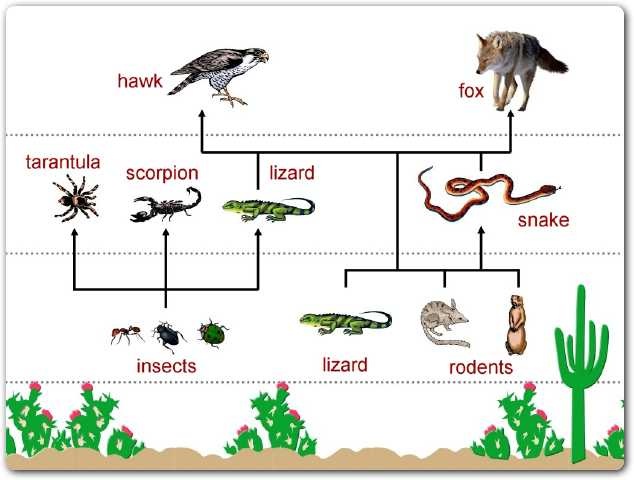Topic abiotic factors in desert ecosystem: Explore the fascinating world of abiotic factors in desert ecosystems, where extreme conditions reveal the resilience and adaptability of life in the harshest environments.
Table of Content
- What are the abiotic factors present in a desert ecosystem?
- Overview of Abiotic Factors
- Temperature Extremes
- Low Precipitation and Drought Conditions
- Solar Radiation and Sunlight Exposure
- Soil Composition and Texture
- Wind Patterns and Intensity
- YOUTUBE: Desert Ecosystem | Plants and Animals | EdZOOcating Adventures
- Water Sources and Availability
- Salinity Levels in Soils
- Rock and Mineral Types
- Adaptations of Flora and Fauna
- Human Impacts on Desert Abiotic Factors
What are the abiotic factors present in a desert ecosystem?
In a desert ecosystem, there are several abiotic factors that contribute to the unique environment:
- Little Rainfall: Deserts are characterized by extremely dry conditions and receive minimal precipitation. This scarcity of water is a crucial abiotic factor in the desert ecosystem.
- Temperature: Deserts experience extreme temperature variations, with scorching heat during the day and freezing cold at night. These extreme temperature fluctuations are another important abiotic factor.
- Soil: Desert soils are typically sandy and deficient in nutrients. The lack of organic matter and nutrient content in the soil affects the types of plants that can survive in the desert.
- Light: Deserts receive abundant sunlight due to low cloud cover and minimal vegetation. This high availability of light is a significant abiotic factor that influences the adaptations of desert organisms.
- Wind: Strong winds are common in deserts and play a crucial role in shaping the landscape. Wind erosion and transport of sand dunes are key abiotic factors in desert ecosystems.
These abiotic factors in a desert ecosystem create a challenging environment for both plants and animals, leading to unique adaptations and specialized survival strategies.
READ MORE:
Overview of Abiotic Factors
Deserts are defined by their harsh abiotic conditions, which play a critical role in shaping the ecosystem. These non-living factors influence not only the survival and distribution of desert flora and fauna but also the overall functionality of the ecosystem. Understanding these factors is key to appreciating the complexities of desert life.
- Temperature: Deserts experience extreme temperature variations between day and night, influencing organism behaviors and adaptations.
- Precipitation: Extremely low rainfall is a hallmark of deserts, impacting water availability for plants and animals.
- Solar Radiation: High levels of sunlight exposure affect soil temperature and moisture, as well as the photosynthesis process in plants.
- Soil Composition: Desert soils can be sandy, rocky, or saline, affecting the types of vegetation that can thrive.
- Wind: Strong wind patterns contribute to soil erosion and shape the landscape, also affecting organism habitats.
These factors are interconnected, each playing a part in the delicate balance of desert ecosystems. Adaptations to these abiotic factors are crucial for the survival of desert-dwelling species, illustrating the resilience and ingenuity of life in extreme environments.
Temperature Extremes
One of the most defining abiotic factors of desert ecosystems is the extreme range of temperatures. These environments are notorious for their scorching daytime heat and dramatically cooler nights. Such temperature extremes present unique challenges and opportunities for adaptation among desert inhabitants.
- Daytime Heat: Temperatures can soar above 40°C (104°F), pushing the limits of survival for many species. This heat influences the behavior, physiology, and physical adaptations of desert flora and fauna.
- Nighttime Cool: Conversely, night temperatures can drop significantly, sometimes near freezing, which affects the metabolic rates and activities of desert organisms.
- Adaptations: Many desert species have evolved specific adaptations to cope with these extremes. For example, some plants open their stomata at night to minimize water loss, while animals may be nocturnal to avoid daytime heat.
- Impact on Ecosystem: The wide temperature range also affects soil temperature and moisture levels, influencing seed germination, plant growth, and the overall ecological balance.
Understanding these temperature dynamics is crucial for appreciating the resilience of life in deserts and the intricate adaptations that enable survival in such an unforgiving climate.
Low Precipitation and Drought Conditions
Low precipitation and frequent droughts are hallmark abiotic factors of desert ecosystems, significantly impacting the availability of water resources. These conditions shape the strategies of survival for plants and animals in these arid landscapes.
- Rainfall Patterns: Deserts typically receive less than 250 mm (10 inches) of rain per year, often in unpredictable patterns, leading to prolonged periods of drought.
- Water Conservation Strategies: Desert organisms have evolved numerous adaptations to conserve water, such as water-storing tissues in plants and burrowing behaviors in animals to escape the heat.
- Soil Moisture: The scarcity of water affects soil moisture levels, influencing plant germination, growth, and survival. Desert soils are often dry and have a high capacity to absorb heat, further reducing available moisture.
- Impact on Biodiversity: These harsh conditions limit the types of species that can thrive in desert environments, leading to a unique but fragile biodiversity. Organisms must be highly specialized to survive.
The ability of desert ecosystems to sustain life under low precipitation and drought conditions is a testament to the resilience and adaptability of desert flora and fauna. These adaptations are crucial for maintaining the delicate balance of life in such extreme conditions.

Solar Radiation and Sunlight Exposure
High levels of solar radiation and sunlight exposure are critical abiotic factors in desert ecosystems, influencing various aspects of these environments. The intense sunlight affects the temperature, evaporation rates, and even the physical and behavioral adaptations of organisms living in deserts.
- Intensity of Sunlight: Deserts are characterized by their clear skies and direct sunlight, leading to higher surface temperatures and increased evaporation rates.
- Effects on Plants: Desert plants, such as cacti and succulents, have adapted by developing thick skins, reflective surfaces, and other mechanisms to reflect sunlight and conserve water.
- Effects on Animals: Many desert animals are nocturnal, active during cooler nighttime hours to avoid the intense daytime heat. Others have developed light-colored coats to reflect sunlight.
- Soil and Water: The intense solar radiation also affects soil temperatures and moisture levels, contributing to the arid conditions typical of deserts.
The adaptability of desert flora and fauna to the extreme sunlight exposure showcases the intricate balance between organisms and their abiotic environment, enabling life to flourish in these radiant landscapes.
Soil Composition and Texture
The composition and texture of soil in desert ecosystems play a pivotal role in supporting life under extreme conditions. These abiotic factors influence water retention, nutrient availability, and the types of plants and animals that can inhabit these areas.
- Sandy Soils: Many deserts have sandy soils that drain quickly and retain less water, challenging plant life to adapt in order to survive.
- Clay and Silt Soils: In contrast, some desert regions feature clay or silt soils, which can hold more water but also present challenges for root penetration and air circulation.
- Saline Soils: The high evaporation rates in deserts can lead to the accumulation of salts in the soil, creating saline conditions that few plant species can tolerate.
- Rocky and Gravelly Soils: These soil types are prevalent in desert landscapes, offering minimal water retention and nutrient supply but providing a habitat for certain specialized plants and animals.
- Organic Matter: Desert soils are generally low in organic matter due to the limited vegetation cover and decomposition rates, affecting nutrient availability.
Understanding soil composition and texture is essential for appreciating the adaptations of desert flora and fauna, as these factors dictate the distribution of life in these arid environments.

Wind Patterns and Intensity
Wind is a significant abiotic factor in desert ecosystems, influencing erosion, temperature regulation, and the distribution of seeds and pollens. The patterns and intensity of wind can drastically affect the landscape and the survival strategies of organisms.
- Erosion and Land Formation: Wind patterns contribute to the shaping of desert landscapes through erosion and the deposition of sediments, forming dunes and other geological features.
- Seed Dispersal: Wind assists in the dispersal of seeds, enabling plant species to spread and colonize new areas. This is crucial for the propagation of flora in sparse desert environments.
- Temperature and Humidity Regulation: Winds can help moderate temperatures and reduce humidity levels, influencing the daily and seasonal climate conditions of deserts.
- Water Loss: While wind can cool down temperatures, it can also increase evaporation rates, leading to higher water loss in plants and necessitating adaptations to minimize this effect.
- Animal Adaptations: Animals in desert ecosystems have adapted to windy conditions, with some using burrows to avoid the drying effects and others utilizing wind for cooling.
The dynamics of wind patterns and intensity are integral to understanding the environmental challenges and adaptations within desert ecosystems.
Desert Ecosystem | Plants and Animals | EdZOOcating Adventures
Join EdZOOcating Adventures and embark on an exciting journey of learning about the incredible world of animals! This captivating video will transport you to different habitats, where you\'ll discover fascinating facts and witness amazing wildlife encounters. Get ready to be educated and entertained like never before!
The Desert Biome
Explore the magical realm of biomes in this captivating video journey! Immerse yourself in the diverse ecosystems of our planet, from lush rainforests to icy tundras. Discover the unique characteristics of each biome and witness the incredible adaptability of nature\'s creations. Prepare to be amazed and gain a deeper understanding of the interconnectedness of life on Earth.
Water Sources and Availability
In desert ecosystems, water is the most precious resource, and its sources and availability are critical abiotic factors influencing the survival of all desert inhabitants. Despite the scarcity of water, deserts have various sources that sustain life.
- Rainwater: Although rainfall is infrequent and unpredictable in deserts, it is a vital source of water, supporting ephemeral plant life and replenishing groundwater.
- Groundwater: Underground aquifers can provide water for plants with deep root systems and are crucial for human settlements and wildlife.
- Dew: Morning dew, captured by certain plants and animals, offers an essential moisture source during the cooler hours.
- Oases: Natural springs and oases are life-supporting water bodies that create microhabitats for a variety of species in the desert.
- Flash Floods: Sudden, brief floods can quickly replenish soil moisture and watercourses, supporting plant and animal life.
The ingenious adaptations of desert flora and fauna to capitalize on these sporadic water sources highlight the resilience and ingenuity of life in these arid landscapes.

Salinity Levels in Soils
Salinity in desert soils is a significant abiotic factor that affects the distribution and types of vegetation able to thrive. High salinity levels are a common characteristic of desert ecosystems, influencing plant growth and soil properties.
- Causes of High Salinity: Evaporation exceeds precipitation in deserts, leading to the accumulation of salts in the soil surface as water evaporates and leaves salt residues behind.
- Impact on Plants: High salinity can inhibit plant growth by affecting osmotic balance, leading to reduced water uptake and potential toxicity from high salt concentrations.
- Adaptations: Some desert plants have evolved salt-tolerance mechanisms, such as salt excretion through leaves or special root systems that filter salts.
- Soil Management: The management of saline soils is crucial for desert agriculture, involving practices such as leaching salts with additional water and selecting salt-tolerant crop varieties.
- Ecological Significance: Salinity levels contribute to the diversity of desert ecosystems, selecting for specialized flora that can cope with these challenging conditions.
Understanding the effects of soil salinity on desert ecosystems provides insight into the complex interplay between abiotic factors and biological diversity in arid regions.
Rock and Mineral Types
The variety of rock and mineral types found in desert ecosystems plays a crucial role in shaping the landscape and providing habitats for various organisms. These abiotic components contribute to the desert"s unique beauty and ecological complexity.
- Sedimentary Rocks: Formed from the accumulation of sediment, these rocks often contain fossils and are prevalent in desert landscapes, shaping the terrain and supporting diverse ecosystems.
- Igneous Rocks: Originating from cooled magma, igneous rocks in deserts can create rugged landscapes and provide microhabitats for organisms.
- Metamorphic Rocks: Formed under pressure and heat, metamorphic rocks contribute to the diverse geological features of deserts, influencing soil formation and mineral content.
- Minerals: Deserts are rich in minerals, including quartz, feldspar, and various metal ores, which affect soil properties and can be crucial for plant nutrition.
- Soil Formation: The breakdown of these rocks and minerals contributes to soil formation, affecting texture, permeability, and fertility, which in turn influences the types of vegetation that can grow.
Understanding the diversity of rock and mineral types in desert ecosystems is essential for appreciating the intricate interconnections between geology and biology in these arid environments.

Adaptations of Flora and Fauna
The flora and fauna of desert ecosystems exhibit remarkable adaptations that enable them to survive and thrive under extreme abiotic conditions. These adaptations are key to the resilience of life in arid environments.
- Water Conservation in Plants: Desert plants like cacti and succulents store water in their tissues, have deep root systems to access groundwater, and possess small or no leaves to reduce water loss.
- Thermal Regulation in Animals: Many desert animals have adapted to manage extreme heat through behaviors such as being nocturnal, burrowing, and having reflective body surfaces to deflect sunlight.
- Specialized Feeding Strategies: Desert organisms often have specialized diets that allow them to make the most of scarce resources. For example, some animals can extract moisture from their food, reducing their need for water.
- Reproductive Strategies: Both plants and animals have adapted their reproductive strategies to ensure survival, such as timing reproduction to coincide with rare rainfall events.
- Salt Tolerance: Some desert plants have evolved to tolerate high soil salinity, enabling them to live in areas where other plants cannot.
These adaptations highlight the incredible biodiversity of deserts and the complex interactions between organisms and their abiotic environment.
READ MORE:
Human Impacts on Desert Abiotic Factors
Human activities have a profound impact on the abiotic factors of desert ecosystems, often leading to significant environmental changes. Understanding these impacts is crucial for the conservation and sustainable management of desert environments.
- Climate Change: Increased greenhouse gas emissions contribute to climate change, affecting desert temperatures, precipitation patterns, and thus, water availability and ecosystem dynamics.
- Water Extraction: The extraction of groundwater for agriculture and urban use lowers the water table, affecting plant and animal life dependent on these water sources.
- Land Use Changes: Urbanization, agriculture, and mining alter soil composition, disrupt habitats, and lead to loss of biodiversity in desert regions.
- Pollution: Air and soil pollution from industrial and agricultural activities can degrade desert environments, affecting soil health and the overall quality of abiotic factors.
- Introduction of Invasive Species: Human activities have introduced non-native species to desert ecosystems, which can compete with native species for resources and alter the ecological balance.
Addressing human impacts on desert abiotic factors requires global cooperation and sustainable practices to preserve these unique ecosystems for future generations.
Exploring the abiotic factors in desert ecosystems unveils the intricate balance of life in arid conditions, highlighting the resilience of nature and the importance of sustainable human practices to preserve these remarkable landscapes.







